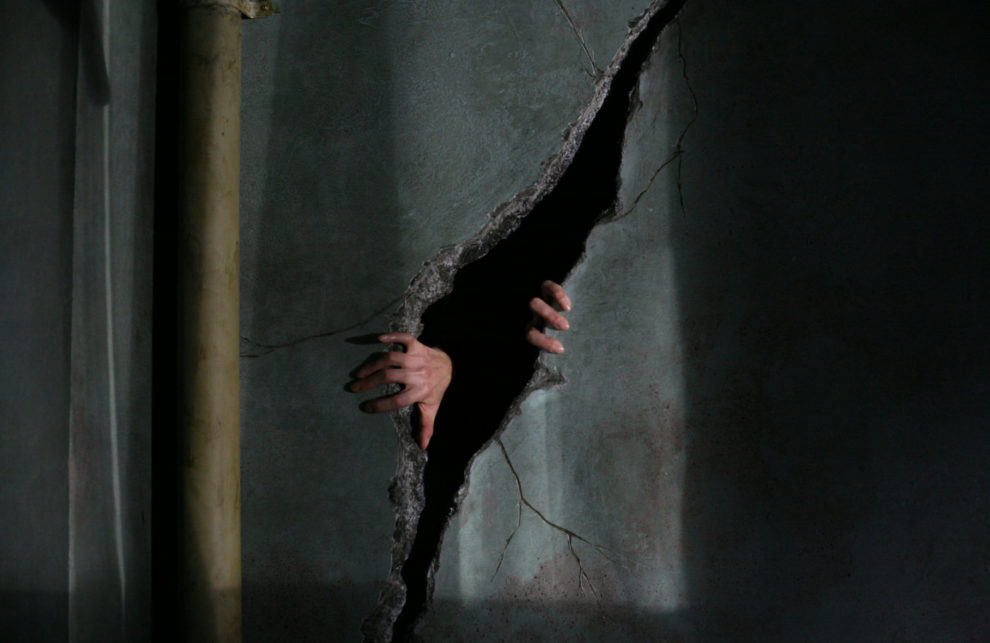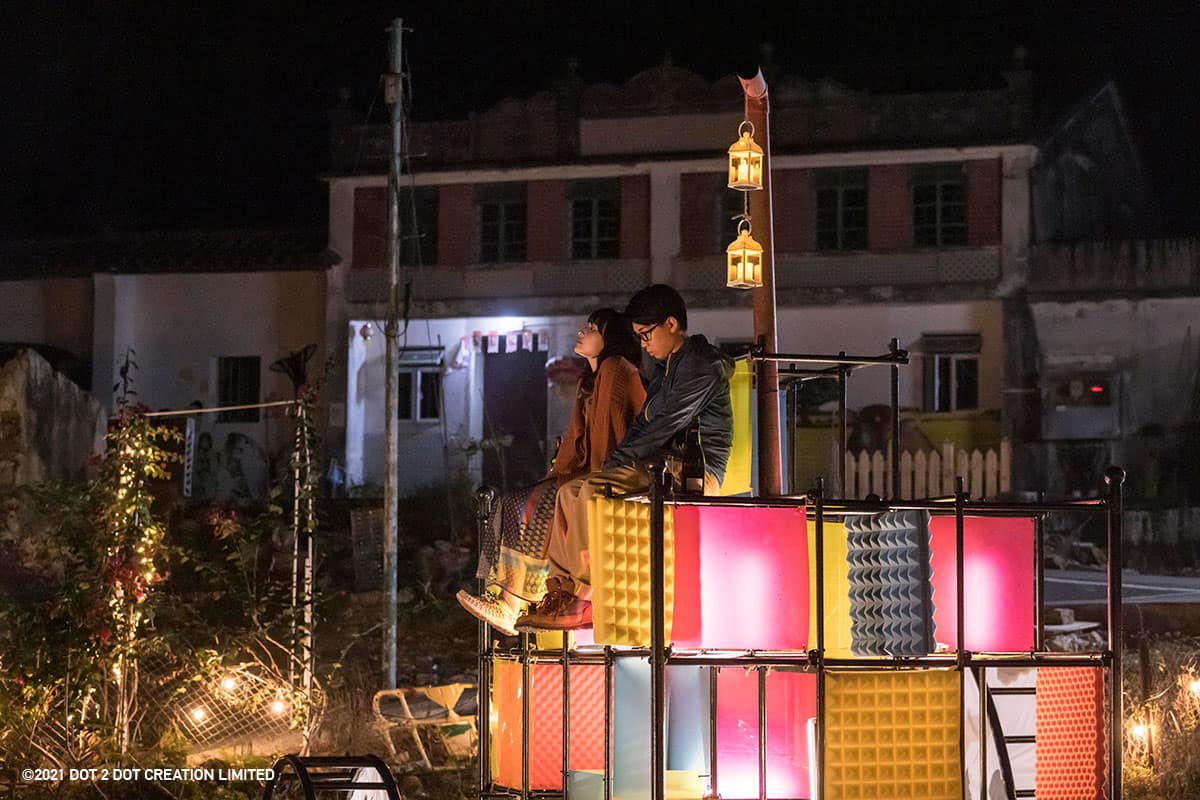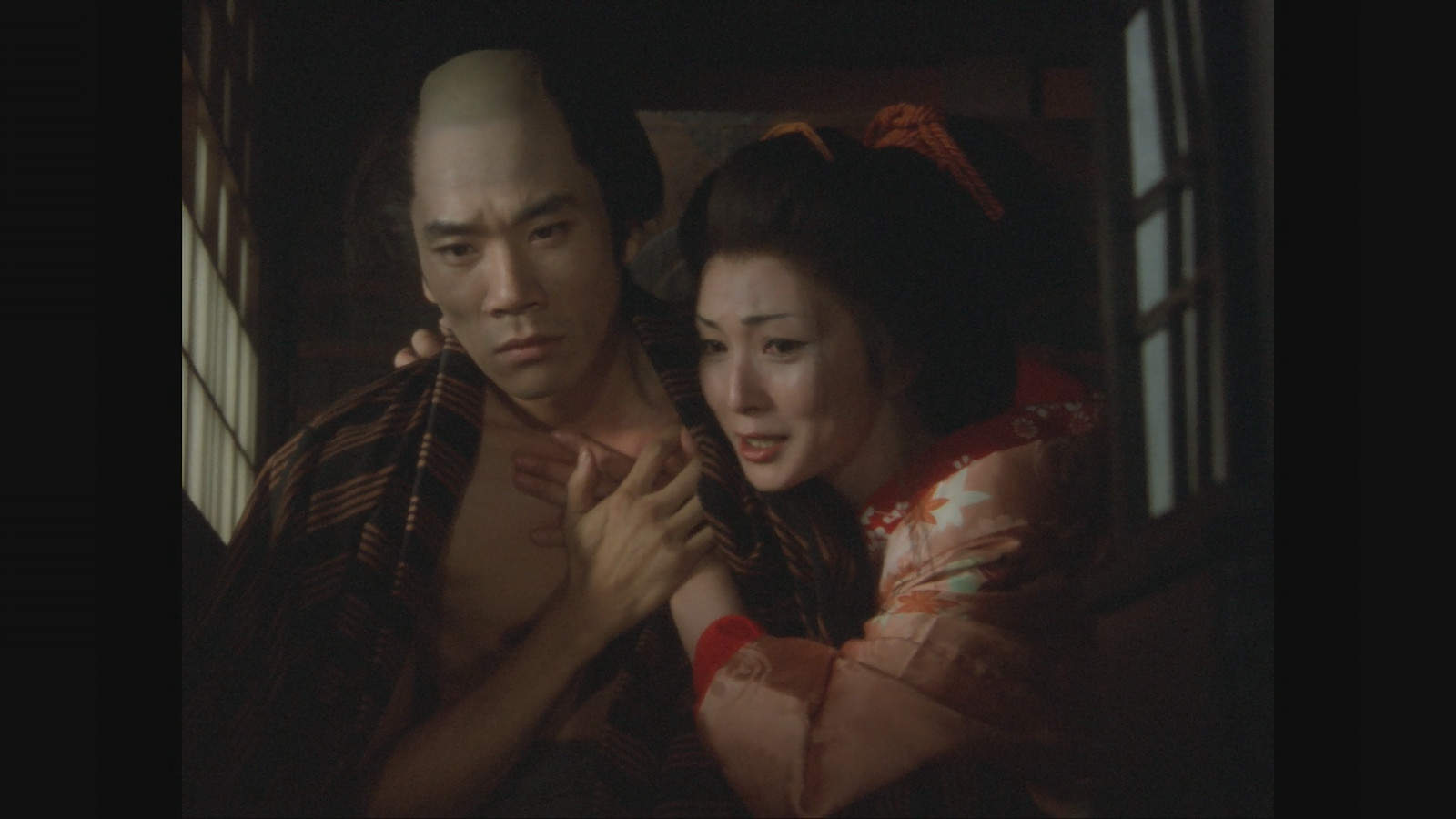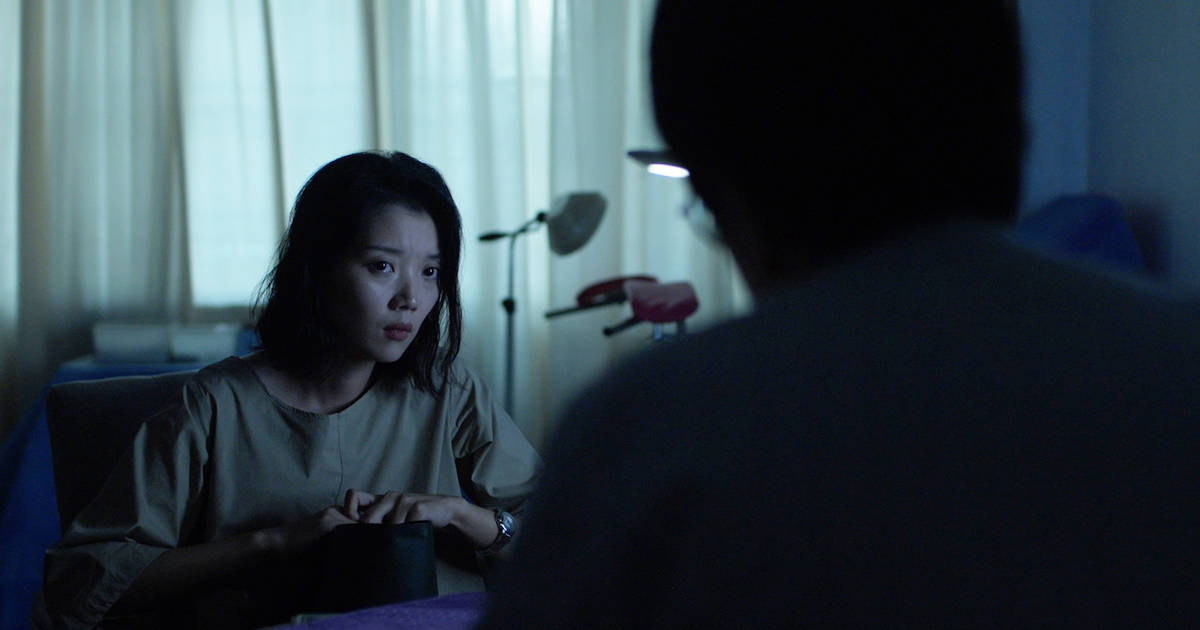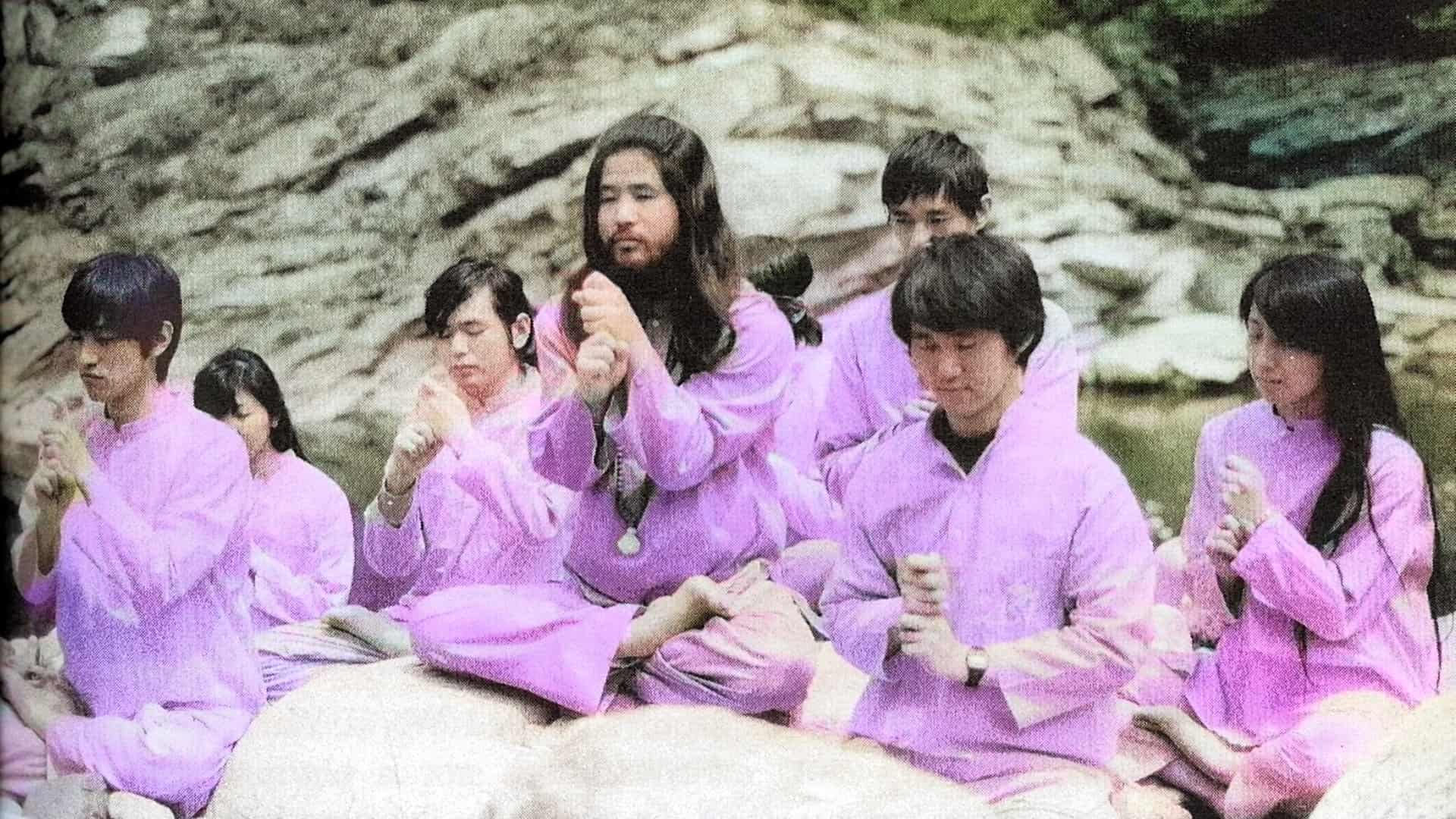By Spencer Nafekh-Blanchette
Six years after “Cure” solidified Kiyoshi Kurosawa as a maestro of slow-burn horror, the director does a victory lap with “Retribution.” It might not amount to his J-horror masterpiece, but feels equally dreadful and haunting.
Noboru Yoshioka is a detective who finds himself wrapped up in a mysterious murder case after the corpse of an unknown woman in a red dress is discovered at a Tokyo waterfront. Not much later, Yoshioka visits the scene of the crime and hears screaming but cannot pinpoint where it is coming from. As more evidence begins to turn up within the course of a few days, Yoshioka is terrified to discover that the only viable suspect is himself, even though he has no recollection of doing anything.
As is characteristic of Kurosawa's directorial style, the mystery in “Retribution” does not solve itself, but merely becomes more surreal and psychologically complex as it progresses. Detective Yoshioka is constantly visited by a ghost in a red dress who claims to have met him at one point in his life, although she appears to be a stranger to him. As these apparitions become more frequent and progressively more bizarre, a string of murders occur by the waterfront, with all clues leading to Yoshioka as the prime suspect. Detective Yoshioka's co-workers begin to suspect him and, in his delusion, Yoshioka begins to suspect himself. Kurosawa's message is elucidated as the film reaches its climax: Sometimes the scariest ghosts haunt an individual's future rather than their past, and when these premonitions occur, the weight of one's own mind makes life unbearable.
Like his other films “Cure” and “Séance” , Kurosawa furthers the narrative in “Retribution” by showcasing the lives of multiple troubled individuals in a way that is similar to a character study. The movie follows Yoshioka as he interacts with various people that are haunted by a spectral woman in a red dress. The paranormal does not manifest itself as a disruption from the past, though; instead, ghosts represent an anxiety about what's to come in the personal, respective futures of those who are haunted.
As viewers get a glimpse at the life of a troubled father who does not want to see his son grow up into a degenerate, or a woman whose scandalous affair is slowly evolving into the lifestyle of a mundane marriage, it becomes clear that Kurosawa's ghosts embody a dread which is relatable to the conditions of life as a human being. The narrative highlights the human experience of watching something unpleasant slowly develop in day-to-day life, and being helpless to counteract it; an experience which everybody runs into at some point. Due to this, the characters in “Retribution” become illogical in their deep-seated fears, acting on impulse and doing unspeakable things. Much like in “Cure,” this movie is an exploration of the darker reaches of the human psyche.
Because of its plot, “Retribution” relies heavily on an atmosphere of unease. This is accomplished through the ominous cinematography of Akiko Ashizawa, who initially worked with Kurosawa on “Loft” the year before; Long, drawn out shots which pan slowly through interrogation rooms, decrepit old buildings, and crime scenes by the sea convey a palpable feeling of impending doom.
The movie's cinematography is accentuated by an eerie score produced by Japanese musician and composer Kuniaki Haishima, who is known for his work in several anime series, video games and live action films. Many of the scariest moments in “Retribution” rely more on showing than telling, on anticipating what's to come rather than seeing something right before your eyes, and they would not be the same without Haishima's sinister ambience to add to the buildup.
Rather than the deeper psychological explorations in Kurosawa's masterpiece “Cure” “Retribution” dips its toes in the realm of philosophy while focusing mainly on keeping up with the traditional tropes of J-horror. It might not be groundbreaking, but is guaranteed to be appreciated by Kurosawa fans and horror movie buffs alike.


